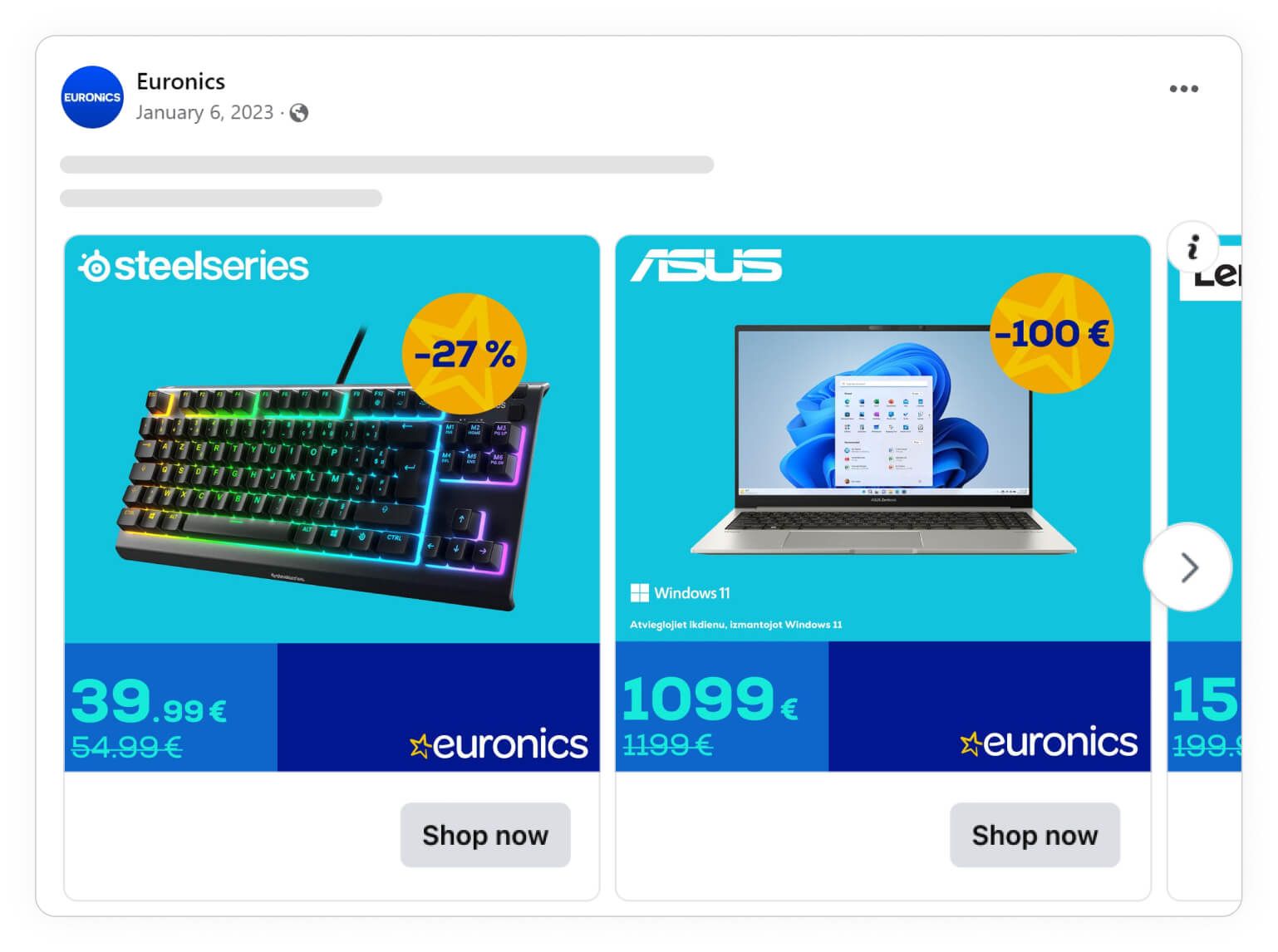Product attributes
June 5, 2025
Product attributes refer to specific characteristics used to describe a product and set it apart from other products. They’re generally broadly descriptive such as the colour, size, or material of the product.
They’re similar to product features. However, product features refer to specific functionalities or components that are built into the product. They’re more specific and technical and help to explain what the product does, e.g. facial recognition, parking assist system, or adaptive cruise control.
Product attributes are important in e-commerce as they help customers with decision-making and businesses with their marketing and positioning. In addition to differentiating it from competitors’ similar offers, it can also help customers to distinguish one product from another within the same brand’s product catalog.
Types of product attributes
The following are the four main types of product attributes:
Physical attributes refer to characteristics that you can see or touch, such as the material, size, weight, colour, texture, or shape.
Technical attributes are any performance-related characteristics (in other words, details about how it works or what it can do) like specifications or a waterproof coating.
Commercial attributes include characteristics like price, brand, packaging, SKU, or extended warranties that link to the product’s market positioning.
Custom attributes for niche products include personalised, adaptable product characteristics such as engravings or configurable settings.
Best practices for managing product attributes
Create consistent attribute naming and values
Consistent naming avoids duplication and confusion. To keep your data consistent, take the time to create predefined lists of acceptable product attributes and create a drop-down menu with these attributes as options. In addition to this predefined list, it’s also best practice to create a style guide where you discuss matters like capitalisation, use of special characters, measurements, preference for singular or plural terms, etc.
Use attribute groups and sets
Grouping related product attributes together to form an attribute group like technical specifications ensures consistency and better filtering and navigation. Next, you can create a set that defines which groups should apply to which product type. For example, electronics like laptops will need technical specifications, while coats and jackets will need an attribute group with fabric information instead.

For each product category, create reusable sets that include only relevant attributes. Then, as your product range changes, regularly audit and refine these sets and groups
Maintain clean and updated attribute data
To keep your attribute data clean and up to date, use a master attribute library with restricted editing permissions for centralised control. Then, regularly audit the data in this library to add missing values, remove outdated/incorrect data or remove/merge duplicate or redundant attributes (e.g. “material” and “fabric”).
Product attributes and conversion rates
Detailed product attributes give your target audience a better picture of a specific product, helping to increase confidence in the product and reduce uncertainty.
It also supports rational decision-making and appeals to shoppers’ emotion at the same time. Detailed information makes it easier to compare products side by side and justify a purchase (especially if the product is more expensive). Then, if it includes attributes like eco-friendly packaging, for instance, you can also appeal to their values.
Another way that product attributes can improve conversion rates is by using it to address specific consumer needs. When a shopper’s use case or preference aligns closely with the product attribute, it incorporates personalisation and offers niche appeal.
Challenges and Mistakes to Avoid
Inconsistent attribute data
Inconsistent naming can cause confusion. For example, if one item is sized “age 8” and another one “8 to 9”, product comparison becomes challenging. The filters on your website can also work incorrectly and relevant products can be excluded from search results or irrelevant ones included.
It can also cause duplication which will harm your marketing efforts. SEO and Catalog Ads in particular will suffer.
Overloading products with unnecessary attributes
While you should offer detailed product information, too many details will clutter the user experience, lower conversion rates, and decrease the efficiency of search and filters. It’s best to include only relevant attributes that will help with product comparison and the buying decision process. In short, it should be tailored to the needs of your target audience.
Ignoring mobile experience for attribute display
Most consumers use mobile devices for product browsing, comparison, and buying. If your product attributes are poorly formatted on mobile devices, too small to read, or not sorted according to priority, your site will look unprofessional and conversion can drop.
Discover how Meta ASC (Advantage+ Shopping Campaigns) simplifies campaign setup and drives better performance here.
Try Confect for Free
Confect can help you to create great-looking Catalog ads and Dynamic Product ads for Facebook, Instagram, TikTok, Snapchat and Pinterest.
